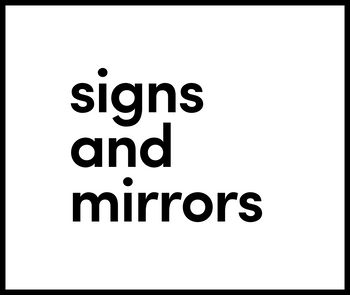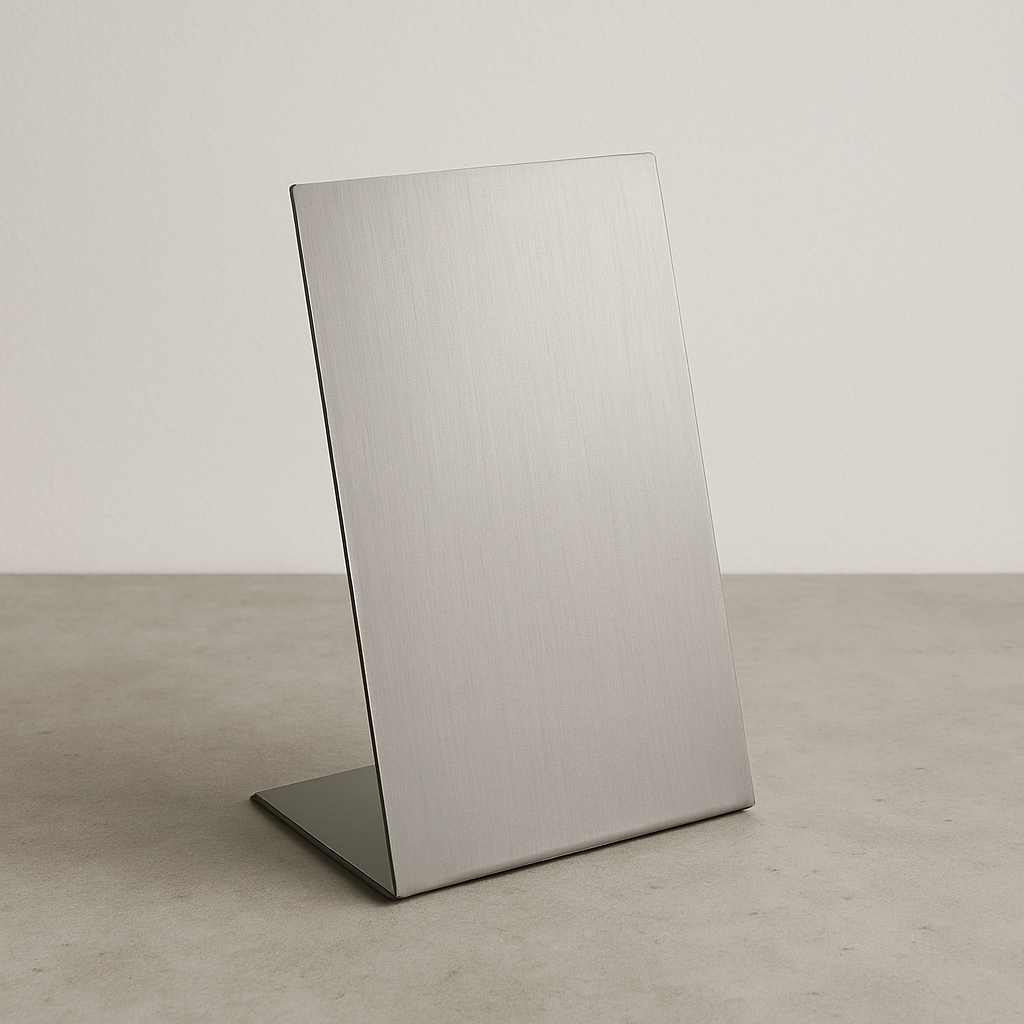Getting the word out about your restaurant doesn’t have to be complicated or expensive. Whether you're running a local diner, a trendy café, or a family-owned eatery, a few smart advertising moves can help you reach more people, fill more tables, and build a loyal customer base. Below are straightforward ideas that many restaurants use to stay visible, attract new guests, and stay connected with their community.
Why Restaurant Advertising Still Matters More Than Ever
Running a restaurant today isn’t just about great food - it’s about staying visible in a fast-changing, noisy world. With delivery apps, social media trends, and local competition all vying for attention, simply opening your doors isn’t enough. Whether you're trying to bring in first-timers or stay top of mind with regulars, advertising is what keeps your business part of the conversation.
But that doesn’t mean spending big or being everywhere at once. The real key is choosing the right advertising ideas that match your brand, budget, and audience - and using them consistently. Let’s break down which ones still work, what’s worth your time, and how to make them your own.
1. Start with Foot Traffic: Use What’s Already Around You
When we opened our studio in New York, we focused on the people walking by. In busy neighborhoods, foot traffic is one of the most straightforward ways to get noticed. A sidewalk sign placed outside can quickly tell people who you are and what you offer - without needing to say much.
That’s how Signs and Mirrors started. We couldn’t find a simple, functional sidewalk sign that fit our space, so we built one ourselves. It did what we needed it to do - caught attention, sparked curiosity, and helped people find us.
For businesses that rely on location - like restaurants, salons, or pop-up shops - a sidewalk sign is not just decoration. It’s a practical tool to connect with people who are already nearby and potentially ready to walk in.
Our Signage: Built for Street-Level Visibility
At Signs and Mirrors, we make signs for businesses that rely on being seen from the sidewalk. Each model is made from durable materials, designed to hold up outside, and built to do a simple job well - mark your space, catch attention, and stay in place. Below are a few examples from our product line.

1. Mirrored A-Frame Sandwich Board Sign
The #001 - Mirrored A-Frame Sandwich Board is made from stainless steel with a full mirror finish on both sides. It’s shatterproof and works for both indoor and outdoor use. This model is often used by cafés, retail stores, and studios where people take photos or stop to look.

2. Stainless Steel Standing Sign
The #003 - Stainless Steel Standing Sign is a freestanding piece made from a single sheet of polished 304 stainless steel. It’s solid, tall, and doesn’t use a frame. Often placed in building entrances or on sidewalks where space is tight but visibility matters.

3. White Stainless Steel A-Frame Sidewalk Sign
The #008 - White Stainless Steel A-Frame is made from one piece of stainless steel and coated in a white powder finish that lasts up to 20 years. It’s stable, weather-resistant, and has a clean look that fits in front of storefronts or studios.
2. Promote Limited-Time Offers and Seasonal Menus
Limited-time dishes, seasonal ingredients, or holiday specials can help create urgency and give regular customers something new to try. These offers don’t need to be complicated - even a simple two-week lunch special or a rotating dessert can drive interest if it’s clearly promoted.
Use your existing channels to spread the word: update your outdoor signage, add a banner to your website, and post clear visuals on social media. For restaurants with steady foot traffic, highlighting something specific like “spring-only risotto” or “weekend ramen special” gives people a clear reason to come in now, not later.
3. Use Instagram to Show Daily Reality
Instagram is one of the most effective platforms for restaurants, but it’s not just about polished food shots. Showing what your place looks and feels like during a regular day helps potential guests picture themselves there. It builds familiarity.
You don’t need professional photos. A quick phone shot of prep in the kitchen, a barista setting up in the morning, or the lunch rush in action - all of it works. People respond to spaces that feel alive, not staged.
Some content ideas that usually work:
- Behind-the-scenes moments (chopping, baking, plating)
- Short staff videos or candid team shots
- Daily menu writing or updates
- Empty or full dining room shots to show timing
- Regular guests (with permission) or pets on patios
Keep the tone consistent, don’t over-edit, and aim for a mix of food, space, and people. Regular posting helps keep you visible - even to people who aren’t actively looking but might stop by next time they’re nearby.
4. Set Up a Simple Loyalty Card or Punch Card
A loyalty card is a low-effort way to encourage repeat visits without relying on constant discounts. It works because it's tangible, easy to understand, and gives customers a small reward for coming back.
You don’t need an app or digital platform to start. A printed punch card with something like “Buy 9, get the 10th free” is enough. It works well for coffee shops, lunch counters, bakeries, or anywhere people visit regularly. If your space feels more upscale, a stamped card or minimal printed format can still fit the brand.
The main idea is to reward regulars quietly - not with flashy deals, but with something steady that makes returning feel worthwhile. Keep the system visible at the counter and mention it to first-time guests.
5. Host After-Hours or Off-Hour Events
If your restaurant has downtime - either slow periods during the day or closed hours in the evening - consider turning that unused time into something useful. Hosting private events, tastings, or even small workshops can help bring in a different kind of guest and give your space more visibility.
Examples of what you can offer:
- Wine or cocktail tastings after dinner service
- Weekend morning pastry pop-ups before regular hours
- Chef-led classes during mid-afternoon lulls
- Collaborations with local makers or small brands
- Private reservations for small groups or businesses
These events don’t need to be large or complex. A quiet, well-organized session with clear messaging and a fixed price can help fill unused time and generate additional income - all while putting your name in front of new audiences.
6. Collaborate with Local Creatives
Working with local photographers, designers, florists, or artists can bring fresh attention to your restaurant without traditional advertising. You can feature their work in your space, host a joint event, or just exchange mentions on social media.
This kind of collaboration helps both sides: the artist gets visibility, and your restaurant benefits from new content and potential customers coming through their network. It’s especially useful for spaces with strong design elements or unique interiors that creatives want to feature in their own portfolios.
Start with people already in your area - nearby studios, gallery owners, or independent makers who align with your brand.
7. Offer a Set “First-Time Visit” Deal
A clear, one-time offer for first-time customers is a simple way to get new people through the door. It could be a free drink with a meal, a complimentary dessert, or a fixed-price menu just for new guests. The point isn’t to give something away - it’s to make the first visit feel easier.
This type of offer works best when it’s easy to understand and easy to find. Add a short line to your signage, mention it in your bio on social media, or include it in conversations with walk-ins. If someone is deciding between a few places nearby, a straightforward incentive can help them choose yours.
8. Respond to Reviews Publicly and Calmly
Whether it’s a five-star compliment or a critical comment, replying to reviews shows that you’re paying attention. People read reviews not just to see what others think, but to see how the business handles feedback.
For positive reviews, a short thank-you goes a long way. For negative ones, keep your response clear, professional, and calm. Avoid being defensive. Acknowledge the concern, clarify if needed, and offer a way to follow up privately if appropriate.
This isn’t just about the reviewer - it’s about everyone else reading the thread. How you respond shapes your public image just as much as the original review.
9. Build Email List Through In-House Signups
An email list is one of the most reliable tools for staying connected with your customers - and you don’t need a complex system to start building one. You can collect emails right inside your restaurant with small, visible prompts.
Simple ways to encourage signups:
- Add a signup card to the check presenter or receipt tray
- Place a small form at the counter or host stand
- Include a QR code on the table that links to a signup form
- Offer a small incentive, like a free dessert or discount on the next visit
- Ask guests to join the list during events or tastings
Once you’ve collected addresses, use the list to send short updates about new dishes, upcoming events, or limited-time offers. A consistent monthly or bi-weekly email keeps your restaurant on people’s minds without relying on social algorithms.
10. Use Slow Periods to Test New Ideas
Every restaurant has quieter hours - mid-afternoon between lunch and dinner, early weekdays, or late mornings. Instead of letting that time go unused, use it as a testing ground for small changes or new ideas.
Some things worth trying:
- Introduce a short “off-hour” menu with a few low-effort dishes
- Test new recipes or drinks with regulars at a discount
- Offer early-bird pricing for dinner if someone comes before 6pm
- Try a short-run special (available 2-4pm only) to create urgency
This helps you make use of slow traffic, gather feedback in real time, and keep your menu or service model adaptable - all without major risk.
Common Advertising Mistakes Restaurants Should Avoid
Not every advertising idea works - especially if the basics are off. These are some of the most common missteps that reduce impact or confuse potential guests.
Inconsistent or Outdated Information
If your hours, menu, or location details are wrong online, people won’t double-check - they’ll just go elsewhere. Make sure your website, Google profile, and social media are always accurate.
Overusing Discounts
Constant promotions can make your regular pricing look inflated. Guests start to expect deals and stop showing up without one. It’s better to use discounts selectively and pair them with clear purpose.
Ignoring Reviews
Not replying to reviews - or only responding when there’s a problem - sends the wrong message. Reviews shape public perception, and silence can look like you don’t care.
Copying Other Restaurants Without Context
Trends might look good online but fail when applied blindly. What works for another business may not suit your space, crowd, or location. Always adapt ideas to your specific setup.
Neglecting the Physical Space
Digital ads don’t help much if your storefront is hard to notice. Faded signage, unclear entryways, or no visible offers can turn people away before they ever come inside. Your advertising should start with how your place looks from the street.
Conclusion
Restaurant advertising doesn’t need to be complicated or expensive - but it does need to be consistent, clear, and grounded in what actually works for your space and your audience. Whether it’s a strong sidewalk presence, a simple first-visit deal, or regular updates on social media, the goal is the same: stay visible and give people a reason to walk in or come back.
Start with what’s already around you - foot traffic, local partnerships, regulars - and build from there. Focus on being useful, not just promotional. The best advertising often comes from small, repeatable actions done well over time.
FAQ
What’s the most effective advertising for a small restaurant?
Start with your location - clear signage, updated online info, and consistent presence on Google and Instagram. Local visibility is often more useful than big campaigns.
How much should I spend on restaurant advertising?
There’s no set amount, but start small. Focus on what you can do in-house: social posts, loyalty cards, local outreach. Paid ads can come later once the basics are solid.
Do restaurant promotions actually work?
Yes, if they’re specific and time-limited. Deals like a weekday lunch special or a first-time customer offer work better than ongoing blanket discounts.
Should I be on every social media platform?
No. Choose one or two platforms where your audience is most active - usually Instagram and Google for restaurants. Posting regularly matters more than being everywhere.
What’s one advertising mistake to avoid?
Don’t let your info go stale. Outdated hours, wrong menus, or broken links are common problems that drive customers away before they even visit. Always keep your basics updated.




